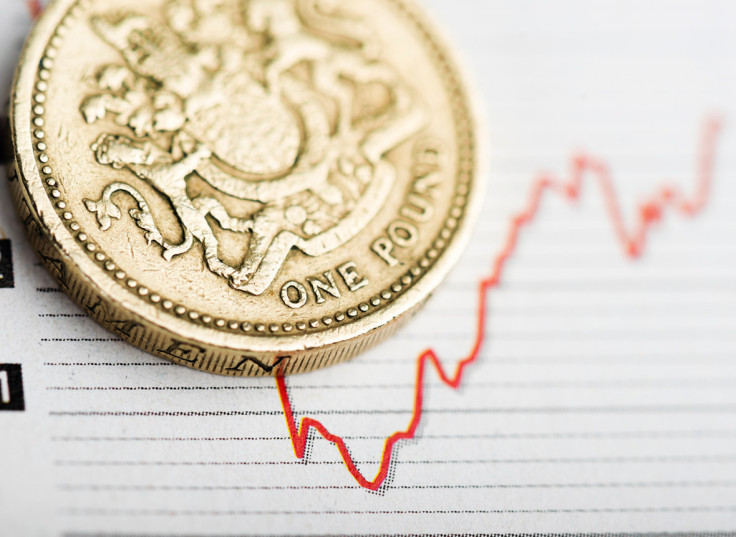FX Focus: Pound falls as budget deficit spells bad news for UK finances
Sterling falls against dollar and euro as public sector borrowing widens more than expected.

The pound was on the back foot on Tuesday (23 May), losing ground against its main rivals after data showed Britain's budget deficit widened more than expected.
Sterling was %0.20 and %0.28 lower against the dollar and the euro respectively, trading at $1.2972 and €1.1534.
The drop came after figures released by the Office for National Statistics showed borrowing in the first month of the new financial year was higher than expected, climbing to £9.6bn against expectations for a £8bn figure.
The government expects total borrowing for the current financial year to increase to £58.3bn, marking the first increase since 2012-13.
However, in the year to the end of March, public sector net borrowing fell by £23.4bn to £48.7bn, the lowest level since the start of the financial crisis.
Markets were also digesting the news of an horrific terrorist attack at a pop concert in Manchester, which killed 22 people, many of whom were teenagers, and injured a further 59.
"After a run of relative stability and positive gains for sterling, once again, it appears to be entering a period of volatility as driving factors for the currency become increasingly focused around the 8 June election and data releases,"said Paresh Davdra of Rational FX.
"With the election fast approaching, current trends suggest that investors could see a lot of movement in the UK's currency."
Elsewhere, the euro was broadly flat after a report showed the Eurozone's private sector continued to grow at the fastest rate in six years in May.
Markit's Eurozone PMI, which tracks company growth across the bloc, stood at 56.8 this month, in line with April's figure, which was a six-year high and slightly higher than expectations for a 56.7 reading.
The data, however, failed to spark the common currency into action, leaving it to fetch $1.1236 and ¥125.02.
Lukman Otunuga, research analyst at FXTM, said a combination of positive economic data and a noticeable relief from political risk could lead the euro to further gains.
"With economic data from Europe following a positive trajectory, the European Central Bank could start considering a stimulus exit at the next meeting which may strengthen the euro further," he explained.
"From a technical standpoint, a vulnerable dollar has attributed to the upside rally on the euro/dollar rate and has the ability to send the euro/dollar towards $1.1300. A breakout above $1.1300 should provide enough encouragement for bulls to target $1.1500."
Over in the US, meanwhile, the dollar fluctuated between small losses and marginal gains. Flat against the euro and the yen, the greenback fell against its Canadian and Australian counterparts respectively, losing 0.28% against the former and 0.24% against the latter to trade at CAD$1.3465 and AUD$1.3355.
© Copyright IBTimes 2025. All rights reserved.




















